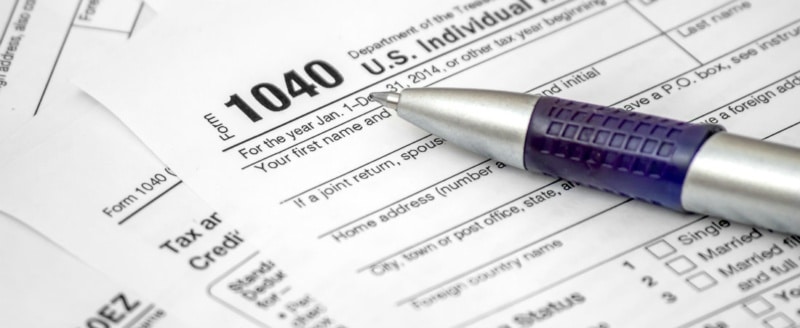If you’ve waited to the last minute to file your taxes, you probably need a few tax hacks to both reduce the amount of tax you owe and make sure that you don’t run afoul of the IRS. Here’s my list of favorite things you can do before your taxes are due:
1. April 18, 2017. That’s the date your federal and state income taxes are actually due this year. Thanks to a quirk in the calendar, April 15th falls over the weekend, and then the IRS follows the Washington, D.C. calendar, where a little-known legal holiday called Emancipation Day is affecting the calendar. Emancipation Day celebrates the day (April 16, 1862) Abraham Lincoln signed the Compensated Emancipation Act, freeing nearly 3,000 slaves in the District of Columbia. When April 16th falls on a Sunday, as it does this year, the next day is a holiday (April 17th) which is why you have three extra days to file your taxes. Whew!
2. Need an extension? If you’re going to blow the April 18th deadline, then you need to know about Form 4868, which gives you an automatic 6-month extension to file. Any payment you owe is still due, however, but you can follow this link to learn about electronic payment agreement options for those who owe money to the IRS.
3. Tax deductions and tax credits. There are plenty of tax deductions and tax credits you should consider, including the home office deduction, unreimbursed medical expenses (like home health care and drugs, etc.), and even the costs involved with a job search. There are tax deductions that may be available connected to the sale of your home, medical and dental expenses, student loan interest, tuition and fees, property taxes, sales taxes (in some states), alimony paid and moving expenses. Tax credits are a dollar-for-dollar reduction in the tax you pay, so they’re even more valuable than a tax deduction. Some of the tax credits you may qualify for include the Earned Income Tax Credit, the Saver’s Credit, American Opportunity Tax Credit, credit to holders of Tax Credit Bonds, and many others. Check out the full list of tax deductions and tax credits individuals may be able to claim at IRS.gov.
4. More tax information than you can possibly imagine. IRS Publication 17 is a free, encyclopedia-like tax guide that will help you file your 2016 federal taxes that’s available for free at IRS.gov.
5. Tax-deductible, tax-deferred. The best kind of tax to pay is no tax. When you contribute to a qualified retirement account, like a traditional IRA, a SEP IRA or a Keogh, your contributions are tax-deductible, tax-deferred. That means the contributions reduce the amount of income you have today (which reduces the tax you pay) and any tax on that income is deferred until the time you take out the money in retirement. Generally, eligible taxpayers can contribute up to $5,500 to a traditional IRA. For someone who was at least age 50 at the end of 2016, the limit is increased to $6,500. If you’re contributing to a SEP IRA or a Keogh, you may be able to contribute up to $53,000 this year (there are some limitations). Find out more about how to reduce your income (and any taxes you owe) by contributing to a traditional IRA, SEP or Keogh for 2016 Publication by downloading 590-A (2016), Contributions to Individual Retirement Arrangements (IRAs).
Finally, if you earned $64,000 or less, remember to check if you can file for free and whatever your income, you should make sure to get your refund direct deposited into your bank account. It takes up to 21 days, but you can check to see where your refund is (if you need reassurance it’s coming) and all of the money will get deposited into your bank account.
Good luck, and happy tax filing!
Ilyce Glink is the Publisher of ThinkGlink.com and a regular contributor to WGN radio in Chicago.







Leave A Comment